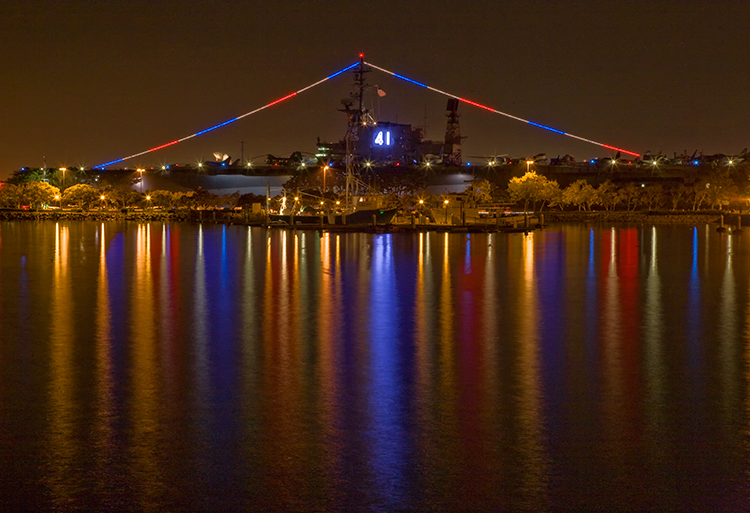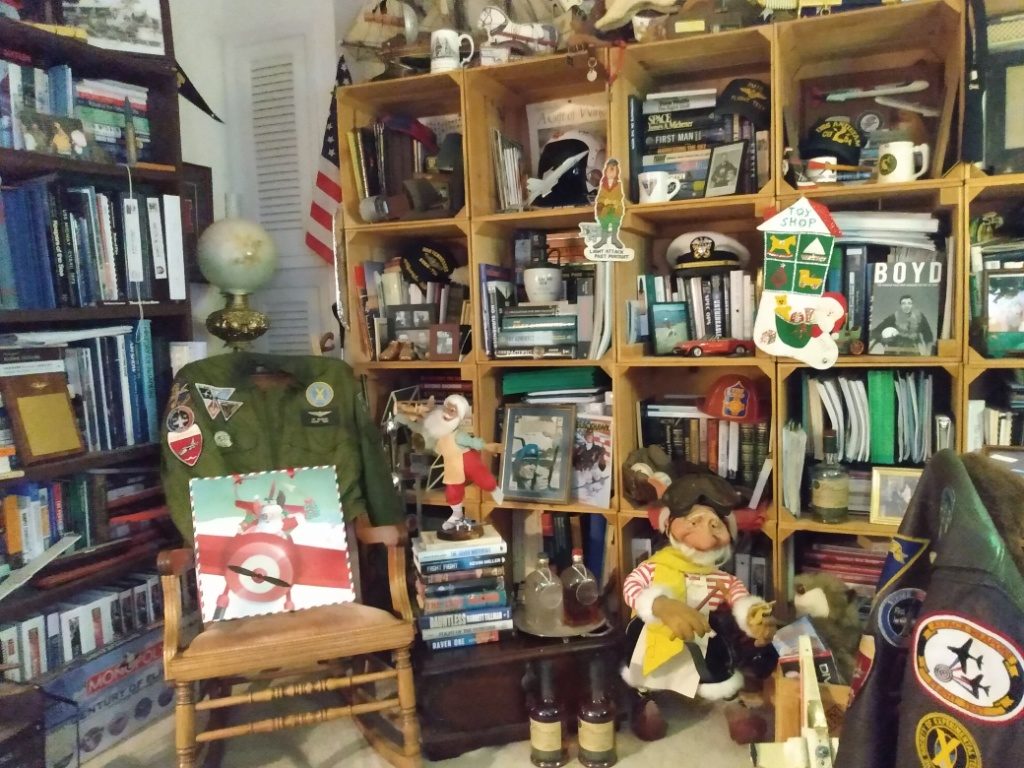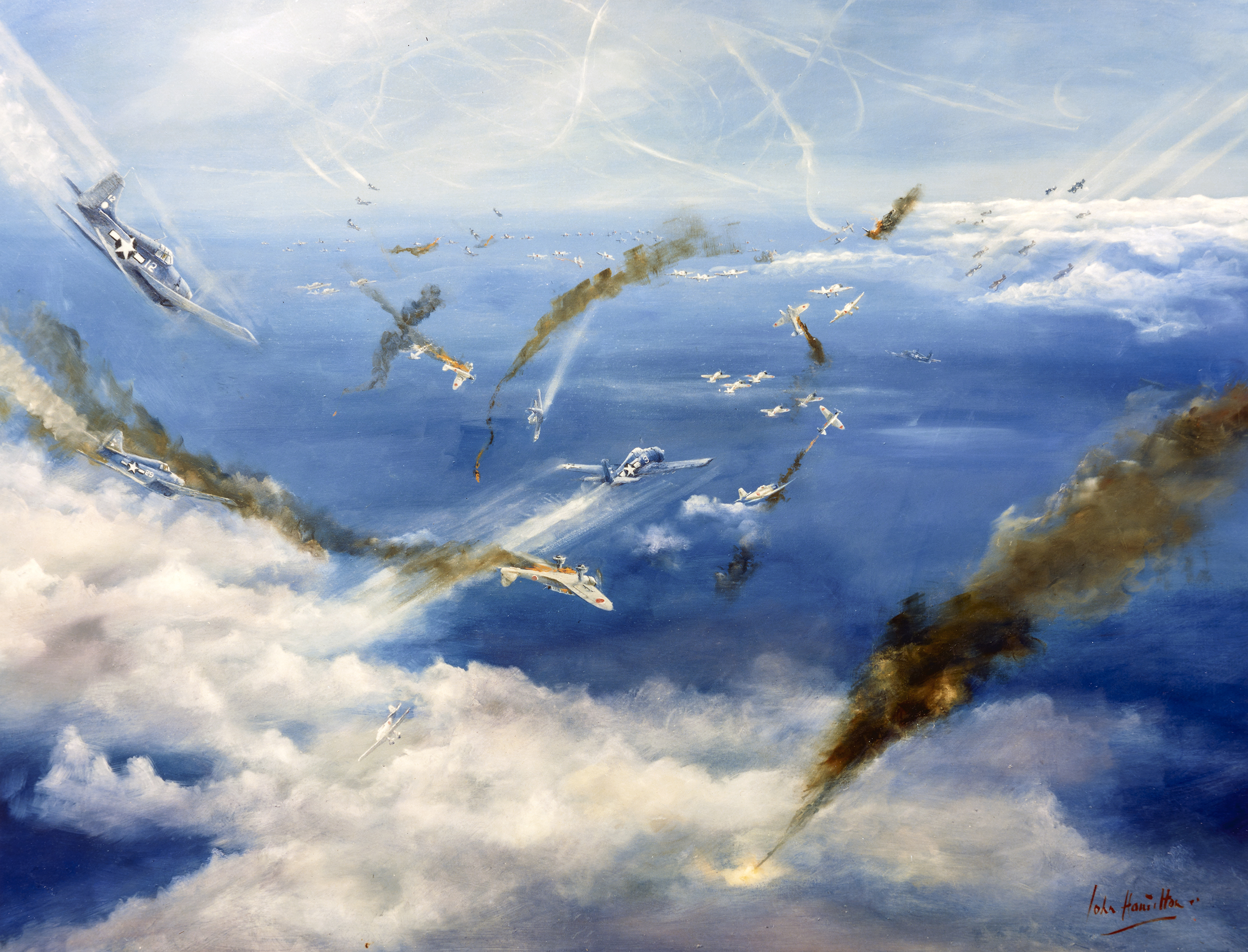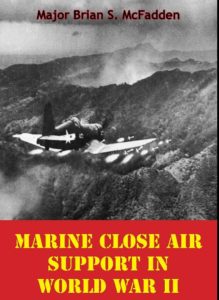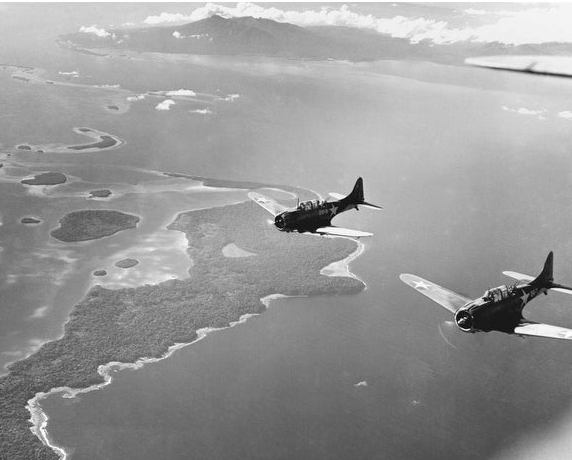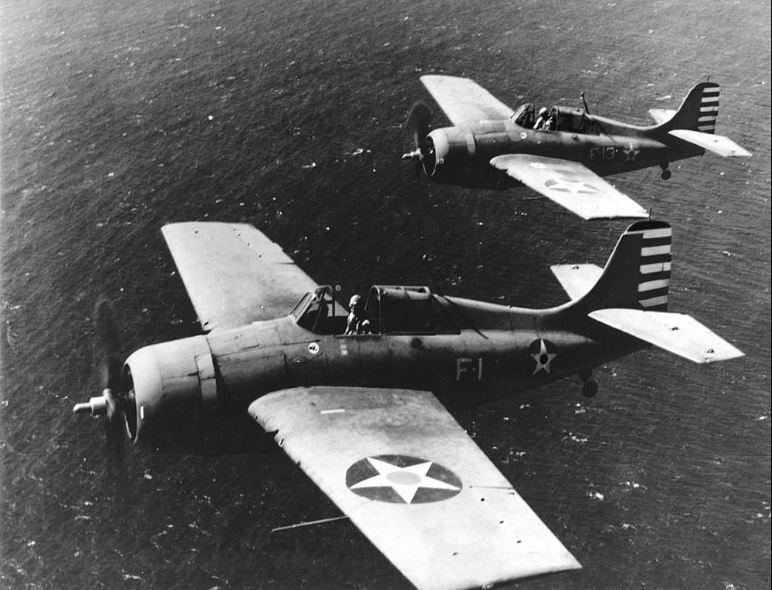Blown Slick Series #13
1942 – The Year of the Aircraft Carrier

Given the two years plus this series has taken, below is a list/linkage for easy access for all 30 posts. But first a bit of site background review ...
Remembered Sky began as a way to tell the stories of myself and my friends on that ’72-’73 Vietnam war cruise on USS Midway, for Linebacker I and II. A significant catalyst was also my decision in regard to the 100th year anniversary of Naval Aviation to spend some time re-reading my collection of books and articles, discussing the details of that 100 years. This included my continuing fascination with the history of the Battle of Midway which encompasses the evolution of carrier warfare and the 1930’s Fleet Battle Problems, and then finally re-treading my own years within that story.
Moving along first, these paths of exploration of naval aviation’s beginnings, and second, the distinct passage for all U.S. airpower that was the air war in Vietnam, and the somewhat different tracks that the Air Force and Navy followed post Vietnam on into Desert Storm and Iraqi Freedom, I began to sense and then finally acknowledge that with my own experiences and aeronautical engineering education, I was developing very distinct questions, arguments, opinions, and outright disagreement with certain aspects of the analysis and conclusions about airpower being offered by many of the current crop of well respected academic, historian, and military analysts.
That questioning along with a recent bit of research and analysis I conducted as a paid consultant focusing on potential testing and training scenarios for the F-35, all together convinced me that the next step for Remembered Sky should be a move from air warfare storytelling to air warfare analysis. This then is the back story for discussion of the evolution of fighter, attack, and strike fighter airpower application – Blown Slick–Light Attack Fast Pursuit Airpower Analysis – the series.
It became obvious that any assessment of future air power must certainly take into account China’s growing defense capability, objectives, and ongoing operations in the South China Sea. This then suggested that a reasonable starting point would be a review of that first year of WW II in the Pacific, the Japanese island chain or co-prosperity sphere, and the emergence of aircraft carrier warfare. This context is provided in sub-series posts reviewing the four major carrier battles throughout 1942 – Blown Slick #13 – 1942 the Year of the Aircraft Carrier.
Tales of the South Pacific
The following is a complete listing with links to each article:


